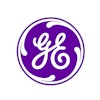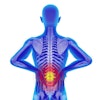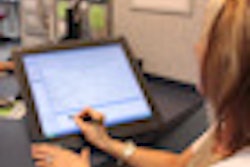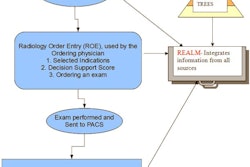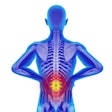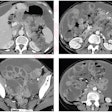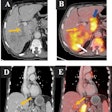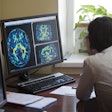Automated entry of procedure codes in radiology reports has decreased the percentage of errors compared to manual entry, according to a Massachusetts General Hospital report published in the September issue of the Journal of the American College of Radiology.
The radiology department of the Boston hospital switched from manual to automated entry of procedure codes in 2007; at that time, it began to use a report dictation system (RadWhere, Nuance Communications) that automatically inserted a procedure description based on accession coding when it was dictated by a reporting radiologist (JACR, Vol. 8:9, pp. 635-637).
To determine if this change decreased the number of incorrect procedure codes in radiology reports, department researchers evaluated a random sample of reports prepared between January 2005 and December 2009.
The analysis included 3,948 reports from the manual installation era (2005 through the first quarter of 2007) and 4,598 reports prepared using the automated system (September 2007 through December 2009). Randomly selected reports that were prepared during the transition period, the second quarter of 2007, were excluded from analysis.
The researchers found 63 errors in the automated reports, producing a 1.37% error rate, according to lead author Dr. Hani Abujudeh, associate professor of radiology, and colleagues. They hypothesized that if the radiology procedure codes had been recorded manually in the group of automated reports, the error rate would be comparable to the 3.95% rate for the manual group of reports. This would have resulted in 181 errors instead of 63.
If the hospital's radiology department had been audited for compliance by the Office of Inspector General (OIG) of the U.S. Department of Health and Human Services (HHS) during each of these time periods, the 2007-2009 period would have shown better compliance based on the error rates identified in the study. If an automated system is used, the resources currently dedicated for quarterly quality review of the concordance of radiology reporting might be put to better use, the authors suggested.
Abujudeh and colleagues acknowledged that they did not record the type of studies that were incorrectly coded by the automated system. If this had been done, causes might have been identified and corrected to further improve the accuracy level of nearly 98%, they noted.
